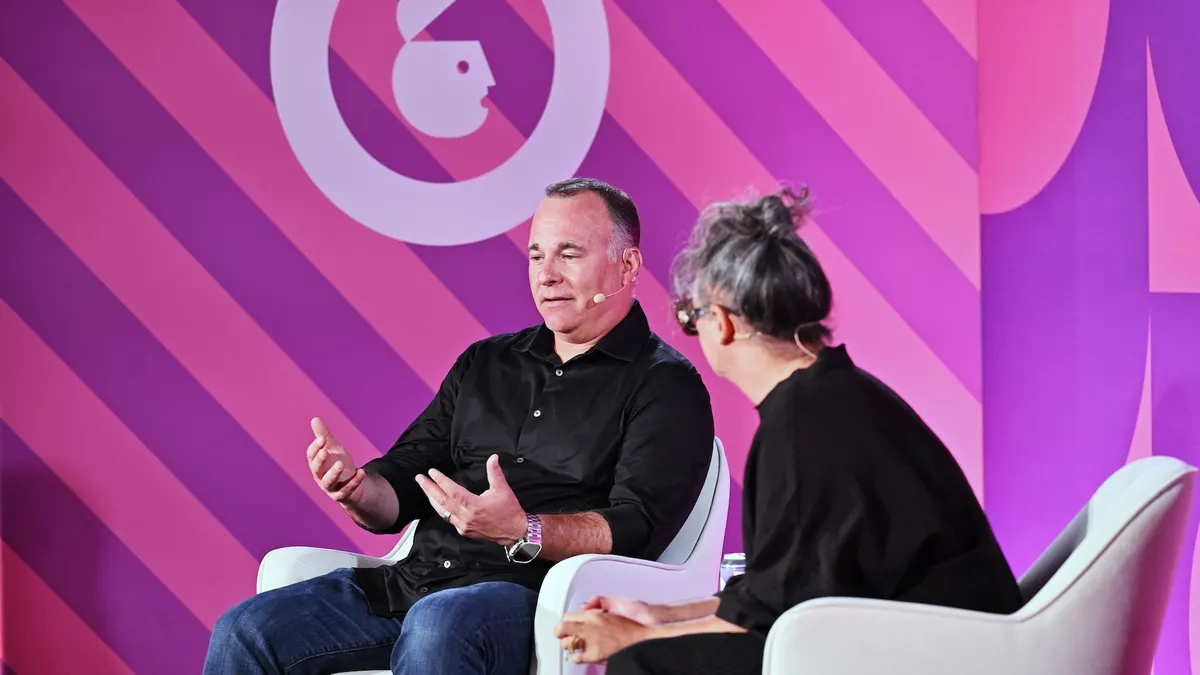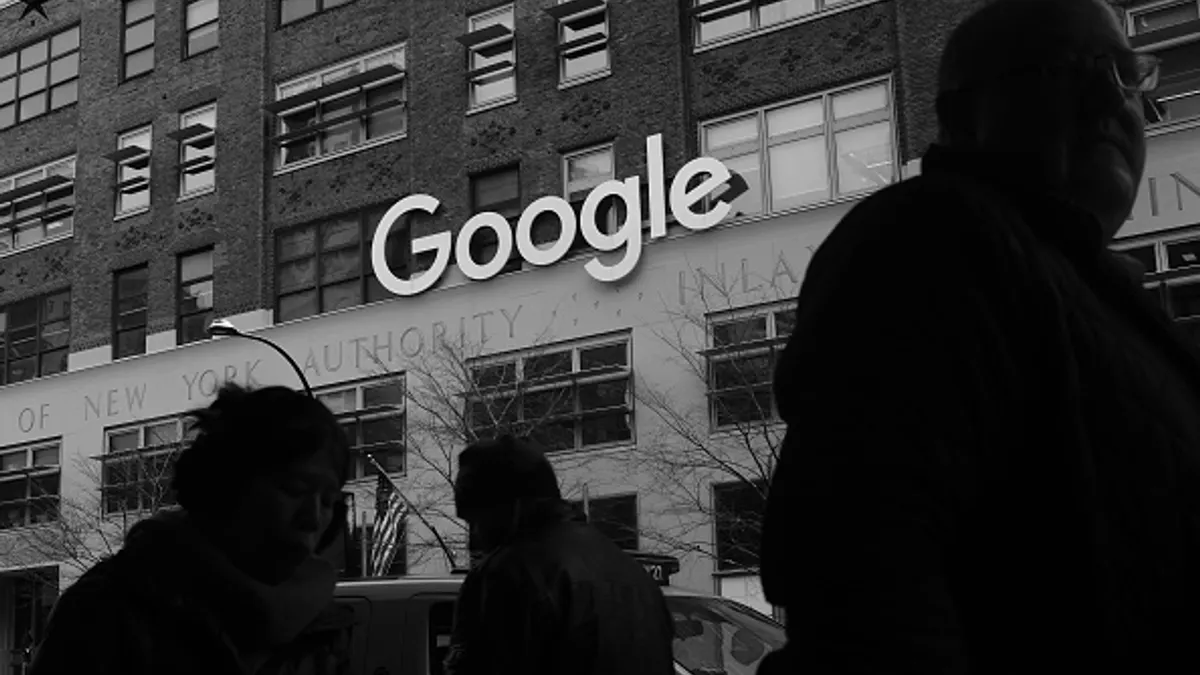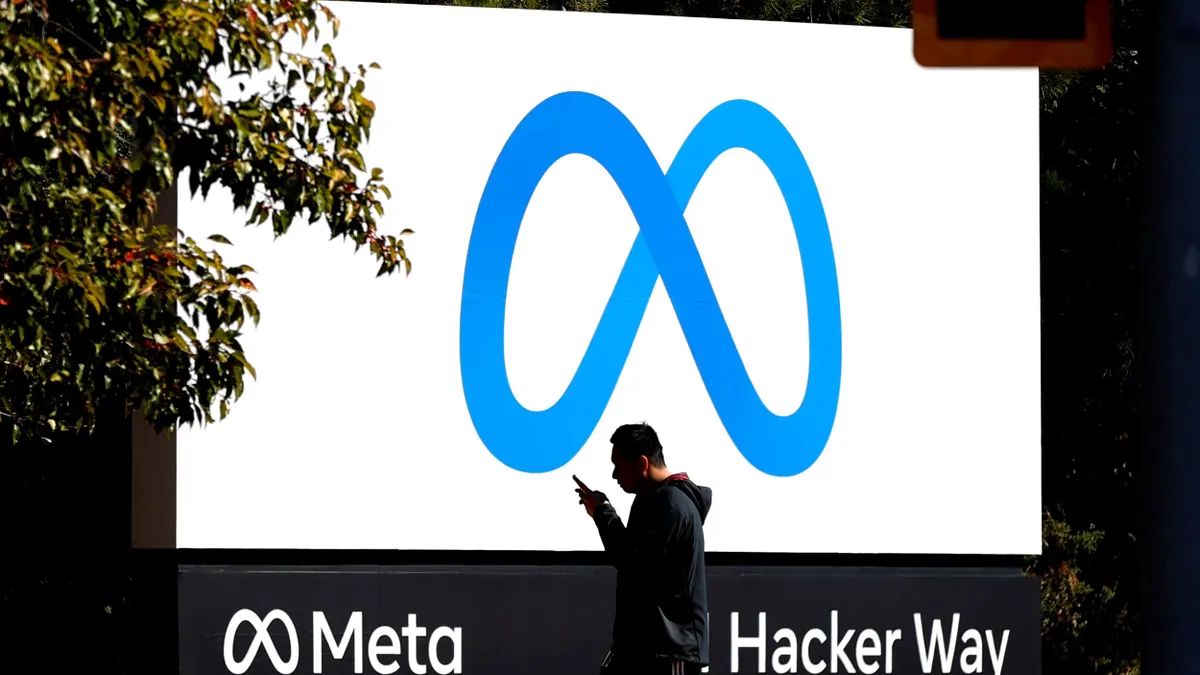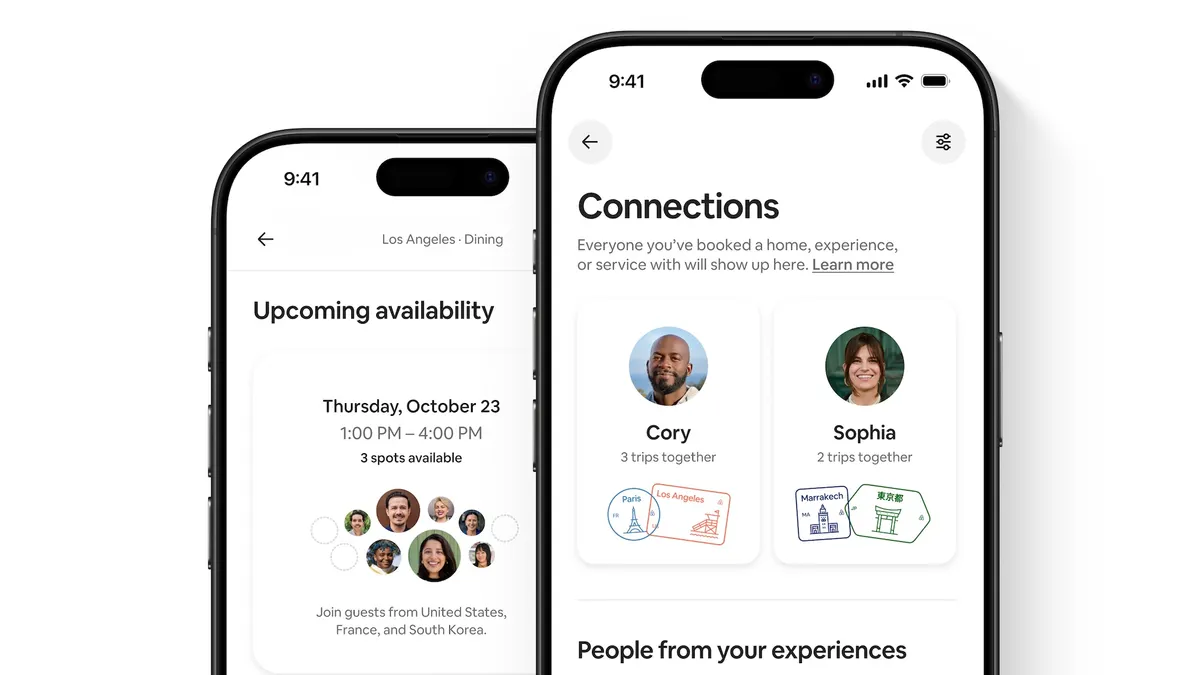Editor's Note: The following is a guest post from Jim Singer, a partner in the Communications, Media & Technology and Consumer Retail practices of the global consultancy A.T. Kearney, and Brooks Levering, a vice president with A.T. Kearney Procurement & Analytic Solutions.
It appears Uber is getting ready to disrupt yet another industry. This time, it's advertising.
The ride-hailing giant's recent lawsuit against Dentsu's mobile ad unit Fetch Media promises to shake up global media agencies still reeling from last year's far-reaching K2 Intelligence report for the ANA. K2's study found fundamental disconnects between advertisers who believed their agencies should always represent their best interests and the agencies themselves that tended to define their obligation to clients exclusively in terms of contract language.
For advertisers still wary in the wake of the K2 report, the Uber-Fetch lawsuit is a timely — and high profile — caution to remain on "high alert." In its complaint, Uber claims Fetch had "failed to prevent ad fraud and didn't return rebates owed to Uber"— two practices K2 had identified as broadly prevalent.
Uber's suit may end up as the most significant development in the industry since the K2 report. Regardless of the outcome, we suspect the complaint will embolden other advertisers to respond decisively, though not necessarily always in the courts.
Indeed, litigation is just one way to accelerate transparency. Below are six other approaches marketers can explore to reassert tighter control and active stewardship over digital media buys. As more and more advertisers take these types of bold action, we expect to declare the case closed on non-transparent agency practices in the near future.
1.) Budget reallocation
While digital media spend continues to grow in aggregate year-over-year, many leading advertisers are aggressively reigning in and redeploying budgets. Procter & Gamble and Unilever recently made headlines by announcing major $100 million or more cuts, citing ineffectiveness and lack of standards. Many other companies are rapidly following suit.
Reaction to these reductions should be tempered, as they are coming off an already sizable base of investment. However, the strategy and the reasons supporting them are clear-cut, and the potential impact on industry practices should not be underestimated.
If agencies are not providing the transparency required to allocate media dollars effectively, tighter budgets can be an effective impetus for change.
2.) Shorter review cycles
In 2015, industry trade Ad Age coined the term agency "reviewmageddon" to describe the volume of media reviews under way in what would become the lead-up to the release of the K2 report in June 2016. At the same time, many of the world's largest accounts, such as Coca-Cola, P&G, and Johnson & Johnson, were all out for review, along with a long tail of smaller ones.
We may never see 2015-level reviews again since they were driven to a large degree by backlash to perceived non-transparent practices. But two results from reviewmageddon are clear: First, review cycles are getting shorter (moving from five-year deals to three years or fewer) to deliver greater performance faster. Second, reviews are now less "monolithic"— with advertisers open to evaluating new agency models rather than looking for one agency to manage all channels.
3.) Agency pay-for-performance
K2's findings struck at trust — the heart of the agency-advertiser relationship. They also raised the question: "When the agency sits between the publisher and the advertiser, who is representing whom?"
Over the last year, we've seen a clear imperative to align agency and advertiser interests by restructuring agency compensation based on achieving the advertiser's media objectives.
Ask any agency about "pay-for-performance," and you'll be told they're "doing it already." However, examine the details of the model and you might continue to see weak links between performance and compensation. Specifically, there is a low percentage of total compensation "at risk" — often only 10% or less is truly variable, depending on performance, leaving minimal upside or downside for the agency. Additionally, performance factors are often highly subjective, largely qualitative and based on opinions and ratings rather than quantitative analytics and demonstrated results.
The reported grounds for Uber's lawsuit against Fetch underscores the criticality of robust pay-for-performance models. In this case, Uber only pays for "ads that lead to app installations, new sign-ups, or first trips."
4.) Disintermediated agency trading desks
When we published "The Promise — and Peril — of Programmatic Display Advertising" in January 2015, we expected the "gray box" of agency trading desks — which were then marking up programmatic display prices by as much as 40% — to be short-lived.
But, to paraphrase Mark Twain, reports of the death of the ATDs were greatly exaggerated. True, some ATDs have reduced mark-ups and even allow clients a greater measure of transparency in order to maintain a footing in the industry.
However, leading advertisers have now largely disintermediated ATDs, replacing heavy mark-ups with agency or internal resources, allowing 40% mark-ups to return and creating effective commission levels in the range of 4% to 6% — similar to those of other media channels.
5.) Direct DSP relationships
Over the past 12 to 18 months, advertisers have increasingly developed direct relationships with demand-side platform providers such as Google's DoubleClick, AppNexus, MediaMath, Turn and others.
There are several advantages to this approach, including the following:
Cost efficiency. Streamlined media buying minimizes overhead costs associated with agency management fees and maximizes the dollar amount available for media and campaign scale.
Transparency/control. Leading DSP platforms are priced on a technology fee and service fee basis. All other third-party costs (media, data, etc.) are transparently passed through to the customer. Brands remain close to their data and retain control.
Streamlined communication/workflow. Working directly with DSPs establishes clear lines of communication, ensuring that technical and creative requirements are effectively managed, opportunities identified and responses implemented, in real time and at scale.
Media objectivity. Because most have no sell-side constituents, DSPs are typically media- and data-agnostic. Holding company-based trading desks pressure agencies into utilizing their own technology to gain revenue share, giving brands limited choices for programmatic buying platforms.
Paid search scrutiny. While K2's report was surprisingly silent on paid search, leading advertisers are demanding the same level of transparency in search engine marketing that they do for other digital channels.
The nearly $100 billion global paid search market differs in many ways from other digital media channels. It's a highly-concentrated supply market with mysterious quality algorithms and a pay-per-click pricing model, just to name a few differences.
As to the pervasiveness of non-transparent agency business practices, paid search should not be exempted from advertisers' broader efforts to permanently root out and eliminate transparency problems.
Three potential areas of non-transparent practices warrant further evaluation for advertisers:
Spend growth rebates. Incentives paid to the agency on year-over-year search engine marketing spend growth
Technology arbitrage. Demonstrated by the agency's procurement of search engine optimization software at a discounted rate and subsequent billing at as much as two to three times the cost
Operating leverage. Underlying agency economics — and specifically the high operating leverage — in the paid search channel, demonstrated by wide discrepancies between actual hours and billed hours.
6.) In-house agencies
We'd be remiss not to highlight media agency insourcing, an emerging trend among leading advertisers.
In traditional media, where volume leverage remains critical to negotiation, we continue to see planning and buying largely outsourced. However, in channels for which real-time bidding is dominant — and therefore volume leverage is far less important — the in-house agency model is becoming increasingly attractive. This is particularly true in locations such as San Francisco and New York City, where digital talent is more readily available.
If there is a typical transition path for in-sourcing media planning and buying, the foundation is an elite team of internal search engine marketing and search engine optimization specialists. From the core of SEM and SEO, insourced digital display retargeting is a natural bolt-on capability, followed by other programmatic real-time bid display and video. To the extent that the advertiser already has direct DSP relationships, the progression is even more straightforward.
Media agency insourcing doesn't make sense for all advertisers, but for those with a well-established e-commerce channel and a high percent of budget going to paid search and programmatic display, the business case has improved over the last year as enabling marketing technologies have advanced.





















